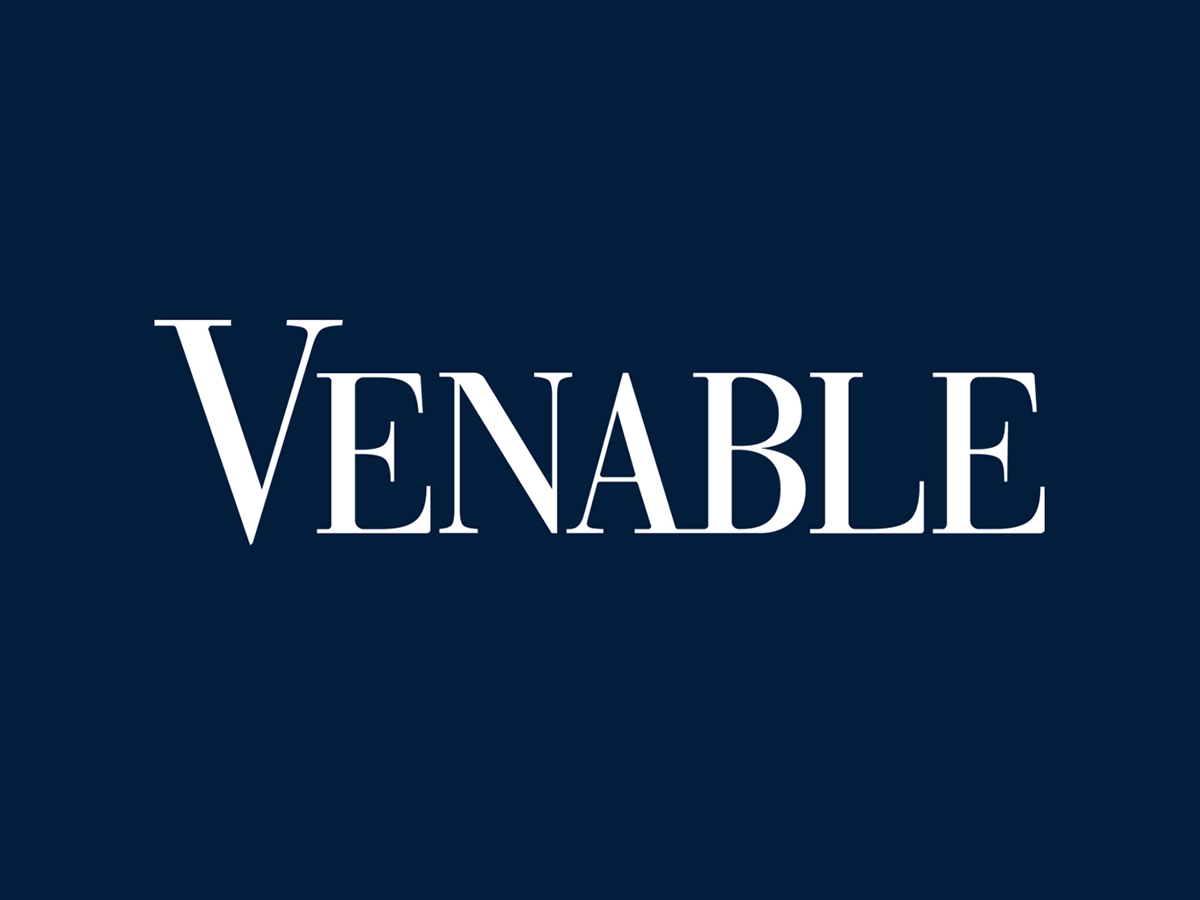A Strategy to Limit Extension Costs
“By filing for a patent in France, the client has more visibility on the patentability of their invention in the European zone and can act accordingly to maximize their chances of obtaining patent protection and/or to minimize their costs.”
A client’s recent experience applying for a European patent led to the development of a possible optimization strategy to address patent costs for clients. This client had made an initial U.S. filing and then extended his application in the form of a European patent application.
His U.S. application went extremely well, and he obtained a quick grant with very few additional costs. This, unfortunately, was not the case with his European application.
The prior art search conducted by the European Patent Office (EPO) revealed four new relevant documents that greatly complicated the procedure. Moreover, the application was drafted according to U.S. standards, which complicated the smooth running of the European procedure by making it, for example, more difficult to modify the claims without drastically reducing the scope of patent protection.
These difficulties led to numerous additional exchanges with the EPO, increasing the cost and length of the procedure—much to my client’s displeasure. The client eventually decided the EPO procedures were just too expensive.
This led me to strategize a practice to reduce procedural costs in Europe and to optimize extension strategies for patent applications initially filed outside Europe, typically in the United States, China, Korea, etc. This strategy is not well known, but it is very effective. The practice consists of either simultaneously filing an identical filing in France or filing after a priority filing in a “non-European” state.
French Advantages
France offers several advantages when filing a patent. It subsidizes a large part of the filing fees for a French patent application regardless of the nationality of the company. The company does not need to have an office in France and the application does not need to be a first filing to take advantage of this subsidy.
Also, the fees for filing a French patent application are independent of the number of pages and amount to the following:
- €273 for “small entities” (i.e., individuals, companies with fewer than 1,000 employees whose capital is not held more than 25% by an entity not meeting these first conditions, non-profit organizations in the education or research sector)
- €546 for others.
In addition, in France, the first ten claims are free and any additional claims beyond the tenth will cost only €42 or €21 per claim depending on the status of the applicant (small entity or not). Moreover, there is no limit to the number of independent claims and no additional fees for a list of nucleotide sequences or others.
This results in a search report accompanied by a written opinion conducted by the EPO within six to nine months following the filing of the French patent application. Thus, for the reduced price of a French patent application, any applicant can benefit from a quality search conducted by one of the five largest patent offices in the world.
Later, once the search conducted by the EPO has been completed, if you decide to file a European patent application and if the claims are identical or close to those filed with the French patent office (INPI), the EPO will reimburse the search fee.
This reimbursement can be 84% in the case of the complete reuse of a previous search (accompanied by a written opinion), which is a national search on behalf of the INPI. The reimbursement is 21% in the case of partial reuse.
It is also possible to get a refund in the case of filing an international application where the EPO is the International Search Authority (ISA); the refund can be the following:
- 100% for complete use of the previous results;
- 25% for partial use of the previous results (this is the case if the application has been substantially modified compared to the original request).
Thus, the cost of filing a French patent application can be offset by the savings generated from the lower search fee or, in the case of very voluminous applications, from the lower cost of additional fees (the number of pages for a Patent Cooperation Treaty [PCT], additional claims for European patent applications, etc.).
This practice also allows for a very rapid “supplementary” search and thus a better overview of the prior art state compared to the analysis completed by the office receiving the first filing. There may be translation costs, but you can be satisfied with machine translation and have the claims reviewed by a local correspondent.
A Bit of Strategy
We envisage two extreme hypotheses:
- In the first hypothesis, the search conducted by the EPO does not return any additional relevant documents. This reinforces your client’s chances of obtaining a European patent based on the text as filed. In this first case, this practice reassures the client about their chances of obtaining the patent in Europe and gives them better visibility on their future costs.
- In the second hypothesis, the search conducted by the EPO returns several new relevant documents. This could complicate the issuance of a European patent or even prevent it entirely. In this case, if the cited documents are truly an obstacle to the issuance of a patent, then this practice saves the costs of a PCT and/or EP extension. The French filing allows the client to make an informed decision and to avoid unnecessary fees. Moreover, it is possible to withdraw the French patent application to avoid publication and keep the search report and written opinion confidential.
However, if the invention is really strategic, it is also possible to modify the text and/or claims accordingly and to extend the application to have a better chance of obtaining the patent. Of course, in this strategic framework, it will be necessary to determine with the client if the modified scope of protection still presents a technical and/or economic interest.
An Option Worth Considering
By filing for a patent in France, the client has more visibility on the patentability of their invention in the European zone and can act accordingly to maximize their chances of obtaining patent protection and/or to minimize their costs.
This strategy is not necessarily suitable for all types of patent applications and clients. I would tend to think that it presents more interest for voluminous patent applications with many claims, typically more than 15, and for companies that want to protect their invention in many countries.
In practice, a U.S. or Asian applicant can make their first filing in their country of origin, then file in France to have a search conducted by the EPO, and finally, for the Asian applicant, request the United States Patent and Trademark Office as the ISA during their PCT to have an overall view of the patentability of their invention and to try to optimize the different procedures.
It is a strategy that may be interesting to certain clients to allow them more predictability on European examination procedures and their costs, or even to reduce these costs.
Image Source: Deposit Photos
Author: eabff
Image ID: 55119237






